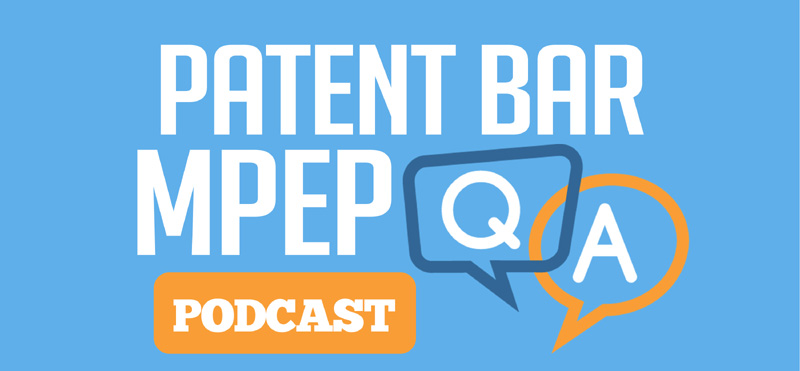
Podcast: Play in new window | Download
Subscribe: Apple Podcasts | RSS
Question:
What are the reasons why the prior art element should not be considered an equivalent to the invention disclosed in the specification?
Answer:
Reasons, why the prior art element should not be considered an equivalent to the invention disclosed in the specification, may include:
- teachings in the specification that the particular prior art is not equivalent
- teachings in the prior art reference itself that may tend to show nonequivalence
- 37 CFR 1.132 affidavit evidence of facts tending to show nonequivalence.
Chapter Details:
The answer to this question can be found in chapter 2100 of the MPEP. This chapter covers Patentability.
The answer is from the 9th Edition, Revision 08.2017. Depending on future changes to the MPEP, the question and answer may or may not be applicable in later Editions or revisions.
Section Summary:
This question and answer comes from section 2184 of the MPEP. The following is a brief summary of section 2184.
2184 Determining Whether an Applicant Has Met the Burden of Proving Nonequivalence After a Prima Facie Case Is Made
If the applicant disagrees with the inference of equivalence drawn from a prior art reference, the applicant may provide reasons why the prior art element should not be considered an equivalent to the invention disclosed in the specification. Further details on determining whether an applicant has met the burden of proving nonequivalence after a prima facie case is made are discussed.
